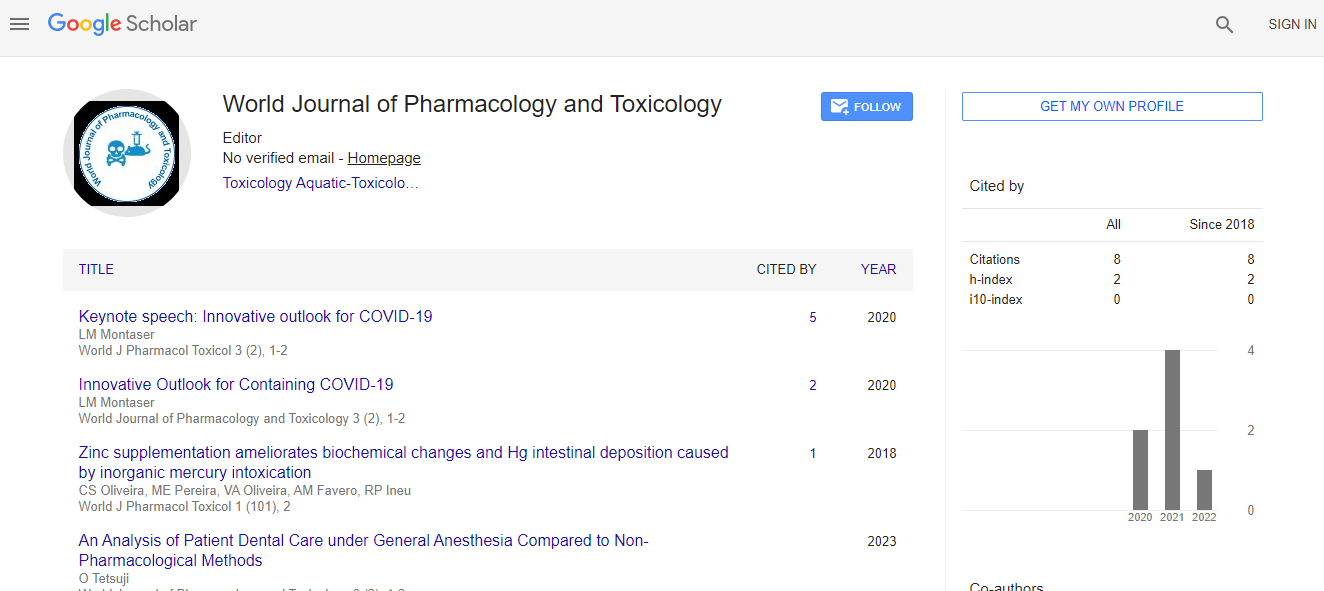Evaluation and interpretation of clinical pathology data: Correlating changes with other study data in toxicology studies
Abstract
Toxicology is the discipline that integrates all scientific information to help preserve and protect health and the environment from the hazards presented by chemical and physical agents. These sets of parameters are evaluated in an integrative manner to determine the overall toxicity of a test article. For clinical pathology parameters, the inherent variability and physiologic factors affecting each analyte must be understood prior to interpretation. Changes in clinical pathology parameters that are considered to be test article-related are then assessed with respect to changes in the concurrent data sets such as clinical signs and anatomic pathology to determine the underlying pathophysiology. In this article, examples of hemolysis and hepatotoxicity are used to demonstrate the relationships among the various parameters and data sets. Whereas there was tight correlation of all data sets in the example of hemolysis in rats, the examples of altered enzymes and other biomarkers indicating liver injury and dysfunction were more often discordant with other data sets. The presentation will include interpretation of clinical pathology data and correlating the changes with other data generated in the study to fully understand the test item related findings. The content is designed to communicate the importance of using weight of evidence and to integrate anatomic and clinical pathology results to arrive at meaningful conclusions in toxicology studies. The topics include the importance of biological significance, hematotoxicity, clinical biochemistry, biomarkers, histopathology and discussion of various case studies. The presentation will also provide guidance on determination of adversity for clinical pathology biomarkers in preclinical safety studies. Clinical pathology parameters that must be in a given range for health are generally those that are regulated, either tightly or loosely. When these parameters deviate from their normal homeostatic state, the Note: This work is partly presented at 14th International Conference on Pharmacology and Toxicology during on July 18-19, 2019 held at Zurich, Switzerland Evaluation and interpretation of clinical pathology data: Correlating changes with other study data in toxicology studies Jomy Jose RCC Laboratories Pvt, Ltd, India increase or decrease in their concentration or activity can result in pathology. Parameters fitting these characteristics include blood cell counts and concentrations or activities of albumin, globulins, sodium, chloride, bicarbonate, potassium, calcium, and coagulation factors. For these parameters, clinical signs or other in-life measurement (e.g., electrocardiography) may provide the clearest correlation. These parameters thus serve as markers of altered homeostasis. For example, large decreases in coagulation factors indicated by prolonged prothrombin time and/or activated partial thromboplastin time may result in petechial and/or ecchymotic hemorrhages in the skin and mucous membrane of affected animals. Similarly, increased potassium may correlate with alterations in electrocardiograms. The concordance of data within a toxicity study varies by process, parameter, and species. In general, clinical pathology parameters that are regulated are concordant with other in-life and pathology parameters. Clinical pathology parameters that indicate injury may be more problematic in terms of specific

 Spanish
Spanish  Chinese
Chinese  Russian
Russian  German
German  French
French  Japanese
Japanese  Portuguese
Portuguese  Hindi
Hindi 